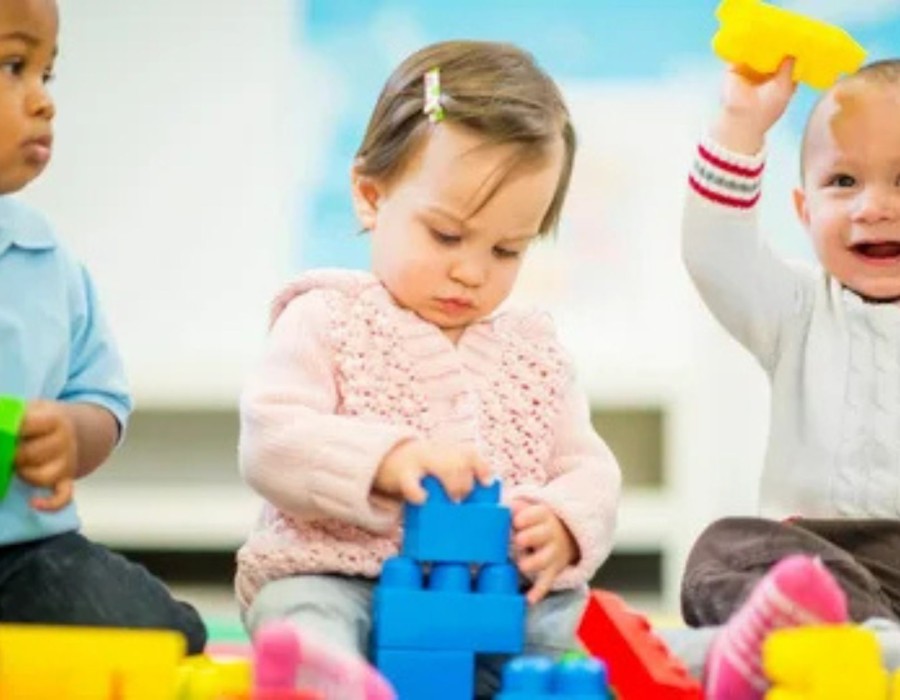Every child grows at their own pace, but there are certain windows of time when they’re especially tuned in to learning specific skills. These are called sensitive periods, and understanding them can completely shift how we support kids in their early years. Whether you’re a parent, teacher, or caregiver, knowing what happens during these stages can make a huge difference.
What Are Sensitive Periods?
Sensitive periods are phases in a child’s life when their brain is wired to absorb certain skills or knowledge with ease. These aren’t random—they follow a predictable order. During these times, kids don’t just want to learn; they need to. It’s like their minds are on high alert, soaking up information from the world around them.
Dr. Maria Montessori was one of the first educators to observe and study these periods closely. She noticed that children seem naturally drawn to certain tasks, like language, order, or movement, depending on their age and development.
The Six Key Sensitive Periods
Here’s a quick look at the most common sensitive periods and when they tend to show up:
- Order (birth to around 5 years): Kids crave consistency. They love routines and get upset when things are out of place. This helps them make sense of their world.
- Language (birth to around 6 years): This is when children absorb sounds, vocabulary, and grammar without formal teaching. That’s why early exposure to rich conversation matters so much.
- Movement (birth to 4.5 years): Babies learn by moving. As they grow, crawling, walking, jumping, and fine motor skills all play key roles in development.
- Small Objects (1 to 4 years): Ever noticed a toddler obsessed with tiny things? It’s not random—it’s part of their natural drive to explore detail and precision.
- Sensory Exploration (birth to around 6 years): Touching, smelling, seeing, hearing, and tasting all help children process and learn.
- Social Behavior (2.5 to 6 years): Kids start picking up on manners, cooperation, and emotional responses. They’re learning how to be part of a group.
Why It Matters
When children are in a sensitive period, learning comes easier. Miss that window, and they can still learn, but it may take more effort and support. Think of it like catching a wave—if you paddle at the right time, you ride effortlessly. Paddle too late, and it’s a struggle to stay afloat.
That’s where intentional environments come in. A Montessori preschool is designed to match these sensitive periods. It’s not just about books and toys. The space, routine, and materials all work together to give children just what they need at the right time.
Spotting a Sensitive Period
You don’t need a degree in child psychology to recognize a sensitive period. Look for signs like intense focus, repetition of a task, or frustration when they can’t do something their way. For example, a toddler might line up blocks over and over, or a preschooler might practice a new word dozens of times.
Instead of redirecting, try to support them. Give them time, space, and tools to dig deeper. That’s how they build mastery.
How Montessori Supports Sensitive Periods
In Montessori child care, teachers are trained to spot these moments and provide just the right materials. If a child is in a language-sensitive period, they might be given story cards, movable alphabets, or spoken-word games. If they’re drawn to movement, the classroom might include practical tasks like pouring, scooping, or walking on a line.
The beauty of this approach is that it treats children as active participants in their learning journey. No pressure, no pushing—just the right environment at the right time.
Final Thoughts
Sensitive periods are nature’s way of saying, "Now’s the time." By recognizing and responding to them, we give children the chance to grow with confidence and joy. Whether you're at home or choosing a learning environment, paying attention to these windows can change everything.
Helping kids during these phases isn’t about doing more. It’s about noticing more. And that simple shift? It leads to powerful learning that lasts.





Comments